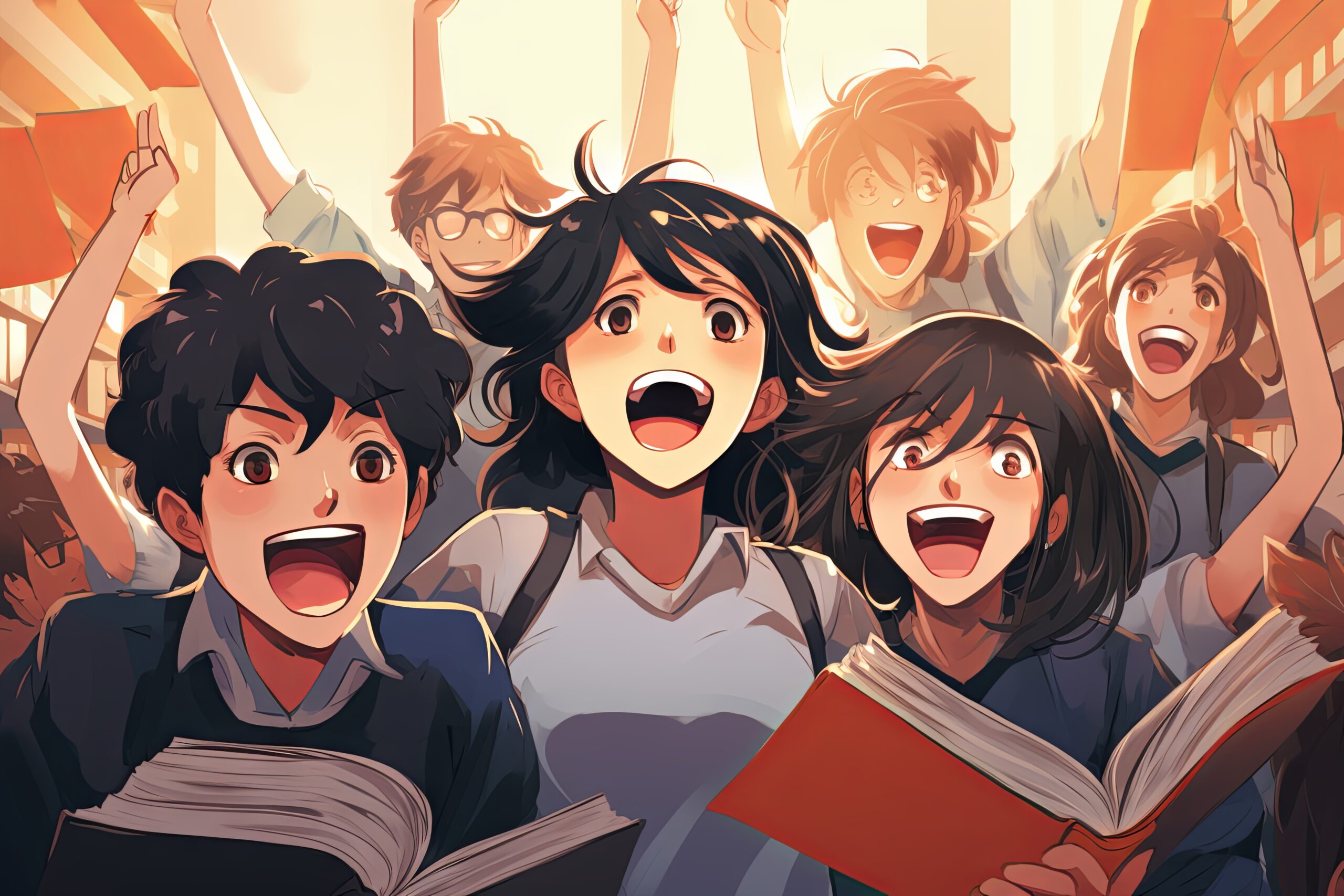Comics have long been a powerful medium for storytelling, combining visual art with narrative to create engaging and memorable experiences. Writing comics offers students a unique opportunity to develop creative skills, improve literacy, and explore new ways of expression. Attending events like Chicago comic book conventions can further inspire students and provide them with insights into the industry and the latest trends. This article delves into the educational benefits of writing comics, provides tips and techniques for beginners, and highlights resources for students interested in this art form.

The Educational Benefits of Writing Comics
Enhancing Creativity
Writing for comics allows students to unleash their creativity. They can explore imaginative worlds and characters by crafting stories and visualizing scenes. This process helps to foster creative thinking and problem-solving skills as students learn to convey complex ideas through words and images.
Improving Literacy
Comics can be an effective tool for improving literacy skills. Combining text and visuals makes reading more accessible and enjoyable, especially for reluctant readers. Writing comics requires students to think critically about language, structure, and dialogue, enhancing their writing abilities and comprehension.
Encouraging Collaboration
Creating comics often involves collaboration, whether working with a peer, an artist, or an editor. This collaborative aspect teaches students the importance of teamwork, communication, and feedback in the creative process. It also helps them understand different perspectives and how to integrate various ideas into a cohesive story. For those balancing multiple academic commitments, resources like EssayHub.com can provide medical essay assistance, allowing students to focus on their creative projects without compromising their academic responsibilities.
Getting Started with Writing Comics
Understanding the Basics
Before diving into writing comics, it’s essential to understand the basics of the medium. Comics are typically divided into panels, individual frames depicting a single moment in the story. These panels are arranged on a page to guide the reader through the narrative. Key elements of comics include:
- Scriptwriting: The written portion of the comic, including dialogue, descriptions, and instructions for the artist.
- Penciling: The initial sketching of the comic’s visuals.
- Inking: The process of refining and defining the penciled artwork.
- Coloring: Adding color to the inked artwork.
- Lettering: Adding the text, including dialogue, captions, and sound effects.
Developing a Story
The foundation of any comic is a compelling story. Here are some steps to develop a strong narrative:
- Concept and Theme: Start with a clear concept and theme. What is the main idea or message of your comic? This will guide the entire creative process.
- Characters: Create interesting and relatable characters. Think about their personalities, motivations, and relationships.
- Plot: Outline the main events of your story. Consider the beginning, middle, and end and how the plot will progress through each panel.
- Setting: Decide on the setting of your comic. This could be a real or imaginary place, but it should support the story and characters.
Writing the Script
A comic script is a detailed blueprint for the final product. It includes descriptions of each panel, dialogue, and instructions for the artist. Here are some tips for writing an effective comic script:
- Panel Descriptions: Be clear and concise. Describe what happens in each panel, including characters’ actions, expressions, and backgrounds.
- Dialogue: Write natural and engaging dialogue. Remember that less is often more; let the visuals tell part of the story.
- Pacing: Pay attention to the pacing of your story. Use panel size and layout to control the rhythm and flow of the narrative.
Collaborating with Artists
If you’re working with an artist, communication is key. Provide detailed descriptions and reference images if necessary. Be open to their input and ideas, as collaboration can enhance the final product.
Resources for Writing Comics
Books and Guides
Several excellent resources can help students learn more about writing comics:
- “Understanding Comics” by Scott McCloud: This book provides a comprehensive overview of the medium and its elements.
- “Making Comics” by Scott McCloud: A practical guide to creating comics, covering everything from storytelling to technical aspects.
- “Comics and Sequential Art” by Will Eisner is a classic text on the art and craft of comics.
Online Courses and Tutorials
Online platforms offer courses and tutorials on comic creation:
- Coursera: Offers courses on comic writing and illustration.
- Skillshare: Provides classes on various aspects of comic creation, from writing to drawing.
Community and Feedback
Joining a community of comic creators can provide valuable feedback and support. Websites like DeviantArt and Reddit offer forums where aspiring comic writers and artists can share their work and receive constructive criticism.
Conclusion
Writing comics is a rewarding and educational activity that can enhance students’ creativity, literacy, and collaboration skills. By understanding the basics of the medium, developing compelling stories, and utilizing available resources, students can embark on their creative journeys in the world of comics. Programs like College Comics can offer additional support and resources, helping students refine their skills and connect with peers who share their passion. Whether for a class project or personal enjoyment, writing for comics opens up a world of possibilities for young storytellers.